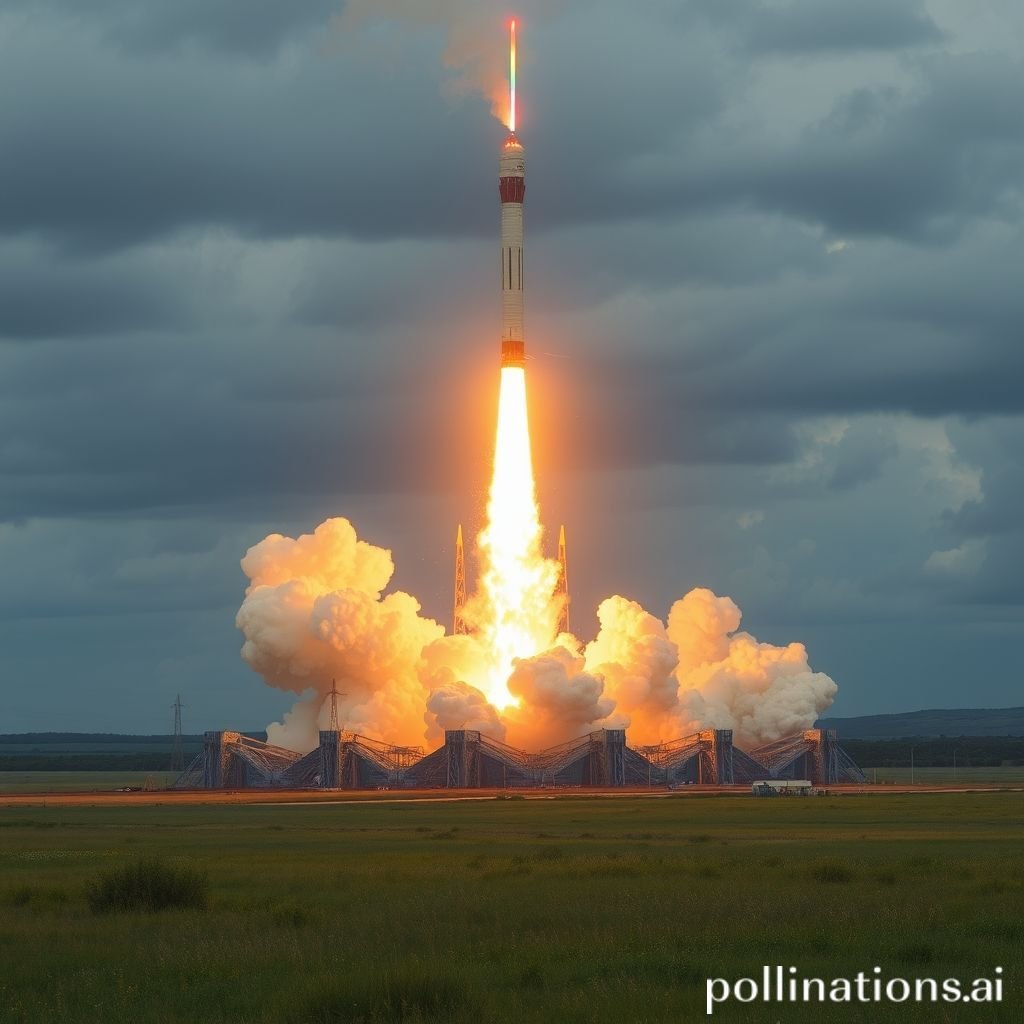Magic Impact Burst: Crafting Potent Audio Effects
Master the Art of Powerful Magic Impact Sounds
Creating compelling magic sounds is crucial for immersive media. A strong magic impact can define a scene. This article explores crafting dynamic magic burst audio. We will delve into technical aspects and creative uses. Learn how to make your magic truly resonate.
Applications in Media
Magic sound effects are vital across many entertainment forms. They provide immediate feedback. They enhance visual spectacle. A well-designed magic burst elevates any production.
Industry-Specific Uses
Video games heavily rely on magic impact sounds. Every spell cast needs distinct audio. Powerful elemental attacks demand a strong sound. From fireballs to ice shards, each magic type requires careful design. Film and television also use these effects. A dramatic magic confrontation benefits from impactful audio. Animation relies on exaggerated magic bursts. They make characters' powers feel real. Theme park attractions use magic sounds too. They create an immersive environment.
Creative Techniques
Effective magic sounds tell a story. They convey power levels and effects. A small magic flicker differs from a huge impact burst. Use sound to show the elemental nature of a spell. Is it fiery or icy? Does it deal concussive impact? Layering different sound elements is key. This builds complexity and depth. Consider the energy of the magic itself. Is it chaotic or controlled? Your audio effect should reflect this.
Technical Analysis
Understanding sound properties helps in creation. Every magic burst has unique characteristics. Knowing these makes design more precise.
Waveform Characteristics
A magic impact burst often features a sharp attack. This is the initial "hit" of the magic. It then quickly decays. The sustain phase might be brief. It can include a lingering shimmer. The release is how the sound fades away. This could be a gentle hum or a quick silence. Complex magic sounds can have multiple peaks. These represent successive energy releases. Visualizing the waveform helps understand its dynamics.
Frequency Profile
The frequency profile defines a magic sound's character. Low frequencies provide a powerful rumble. This conveys the sheer force of an impact. Mid-range frequencies give the sound punch. They make the magic feel direct and present. High frequencies add shimmer and sparkle. They hint at the mystical nature of the spell. An elemental fire magic might have more mid-low warmth. Ice magic might feature more high-end crispness. A balanced profile creates a rich, full magic sound.
Production Tips
Creating high-quality magic impact sounds requires specific techniques. Both recording and software play a role. These tips will help you produce excellent magic audio.
Recording & Editing
Source sounds are your building blocks. Record real-world impacts. Consider breaking objects or hitting surfaces. Metal, wood, and glass all offer unique textures. Layer these with synthesis for a powerful magic effect. Edit aggressively. Remove unwanted noise. Focus on the core transient of the impact. Use precise cuts to shape the burst. Experiment with pitch shifting. This can alter the perceived size of the magic. Time stretching can extend or compress elements. This controls the feeling of the spell.
Software Tools
Digital Audio Workstations (DAWs) are essential. Programs like Ableton Live, Logic Pro, or Pro Tools offer powerful editing. Synthesizers create custom magic textures. Look for synths that can generate complex waveforms. Effects plugins are crucial for processing. Reverb adds space and size. Delay creates echoes and trails for the magic. EQ shapes the frequency balance. Compression evens out dynamics. Distortion can add aggression to an impact. granular synthesis can break sounds into tiny parts. This creates unique, swirling magic textures. Pro Sound Effects offers professional libraries.
Creative Implementation
Beyond basic creation, how you use magic sounds matters. Strategic implementation elevates the experience. Think about the overall sonic landscape.
Layering Methods
Layering is a fundamental technique for magic sounds. Combine multiple individual audio effects. Start with a core impact sound. Add a sub-bass layer for weight. Include a high-frequency sparkle for mystical energy. A whoosh or sweep can precede the burst. This builds anticipation for the magic. Ensure each layer serves a purpose. Avoid muddying the sound. Each element should contribute to the overall magic effect. This makes the spell feel robust and complex.
Spatial Effects
Spatialization makes magic sounds more believable. Use panning to position the magic in the stereo field. If a spell comes from the left, pan the sound left. Reverb places the magic in an acoustic space. A large hall reverb makes a magic burst feel epic. A small room reverb suggests a confined spell. Delay can create echoing magic trails. This enhances the sense of a lingering impact. Consider positional audio in games. The sound of elemental magic should accurately reflect its source.
Sound Pack Integration
Integrating magic sound effects into your projects is simple. Many pre-made sound packs offer quick solutions. They provide high-quality, ready-to-use audio.
Using with Other Sounds
A magic sound pack offers many variations. Combine different magic effects for unique sequences. A single impact sound might be part of a larger spell chain. Use a magic attack sound with a hit confirm. Link different elemental burst sounds for a powerful combination. For UI interactions, a crisp magic sound can work well. Related magic sounds can enhance user experience. For example, a crisp UI Confirm Tap can feel very magical.
Complete Collection
A comprehensive sound collection is invaluable. It provides variety and consistency. Find a pack with many types of magic effects. This includes subtle ignites and grand burst sounds. These packs simplify your workflow. They ensure high-quality audio for every magic moment. Get the full sound pack for comprehensive audio solutions.
FAQ Section
Q: What makes a magic impact sound effective? A: An effective magic impact sound has a clear transient. It possesses good frequency balance. It must convey the intended power of the spell. It should feel responsive to visuals.
Q: How do I create a unique elemental burst sound? A: Combine real-world recordings with synthesized elements. For elemental burst sounds, consider the element's properties. Fire needs warmth, ice needs sharp highs. Use specific textures and processing to define your magic.
Q: What software is best for designing magic audio effects? A: Any professional DAW works well. Popular choices include Ableton Live, Logic Pro, and Pro Tools. Specialized plugins for synthesis and effects are also key for crafting unique magic sounds.
Q: How can I ensure my magic sounds feel powerful? A: Focus on the low-end frequencies for weight. Use compression to add punch. Layer a sub-bass element. A crisp transient attack is also essential for a powerful impact burst feeling.
Q: Where can I find high-quality magic sound samples? A: Look for professional sound effect libraries online. Many companies offer curated collections. They provide high-fidelity magic sounds. Consider creating your own sounds for ultimate uniqueness.
Conclusion
Crafting compelling magic impact burst sounds is an art. It requires technical skill and creative vision. Understanding waveforms and frequencies is vital. Using the right tools and techniques enhances your audio. Layering and spatial effects add depth to every spell. Whether for games or film, powerful magic audio captivates audiences. Keep experimenting to find your unique magic sound.





